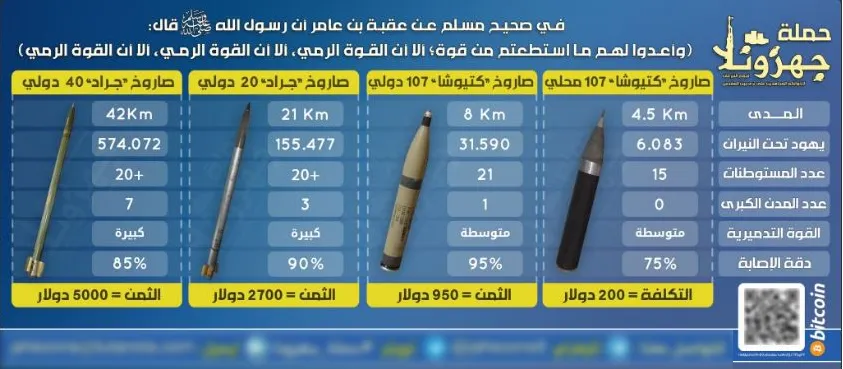Combating crypto terror financing has been the focus of a lot of governments in the past few years. Ever since the silk road bust, crypto has become famous as a tool for criminal activity. While the community has always maintained that any currency can be used for criminal activity, crypto currencies are yet to shed its reputation. The peer-to-peer and decentralized nature of cryptocurrencies does provide a level of anonymity that makes it difficult to track. However, the FATF has introduced a number of safeguards to keep track of licit vs illicit transactions in cryptocurrencies. Chainanalysis reports on the recent work in this effort.
Cryptocurrency as a terrorism financing tool presents difficult issues for the intelligence community. Unlike social media profiles and bank accounts, agents oftentimes can’t have a cryptocurrency address shut down due to the decentralized nature of blockchains. While knowledge sharing is crucial to take on such a dangerous threat, terrorism financing in cryptocurrency is also difficult to report on publicly, as most cases involve sensitive information or are classified for national security reasons.
But despite the difficulties in analyzing this subject, the investigations in 2019 that there’s some cause for concern. What’s especially worrying are the advancements in technical sophistication that have enabled successful terrorism financing campaigns using cryptocurrency.

Tracking cryptocurrency’s biggest ever terrorism financing campaign
In early 2019, the Izz ad-Din al-Qassam Brigades (AQB) — the military wing of Hamas and another designated terrorist organization — began soliciting donations in Bitcoin in one of the largest and most sophisticated cryptocurrency-based terrorism financing campaigns ever seen. AQB utilized multiple types of wallet infrastructures to receive donations before settling on a system that generated a new address for every donor to send funds to, the first verified example we’ve seen of such technology deployed by a terrorist organization. To date, the campaign has generated tens of thousands of dollars of Bitcoin for AQB.
Investigators and analysts are currently using Chainalysis to analyze these transactions, which could enable them to discern the origin of the donations and the destination of funds received by AQB during the campaign. This ultimately could help them identify the donors and financial facilitators at AQB who are running the campaign. While this investigation is ongoing, they can share some insights into this campaign based on Chainalysis data to show you how today’s terrorists are utilizing cryptocurrency.
How AQB solicited cryptocurrency donations
The easiest way to understand the evolution of AQB’s 2019 campaign is to divide it into three sub-campaigns, based on the type of wallet the organization used to receive donations.
The first sub-campaign began in January of 2019, when the AQB website began displaying a message inviting users to “donate to the jihad” with a QR code underneath leading to a single Bitcoin address.
That Bitcoin address was associated with an account at a U.S.-based, regulated exchange. Law enforcement was quickly able to alert the exchange, have the account frozen, and investigate the individual who established it at the exchange, as well as transactions that contributed to that account.
Combating crypto terror financing report. Click here for the full report.


